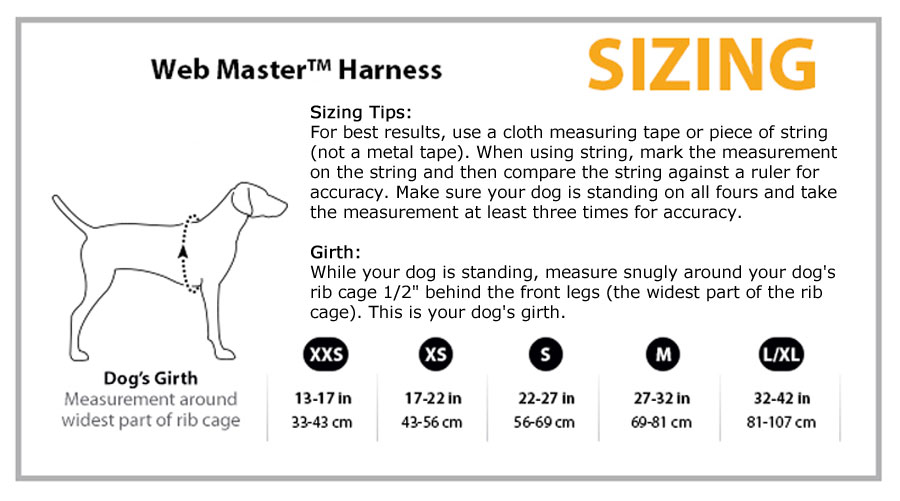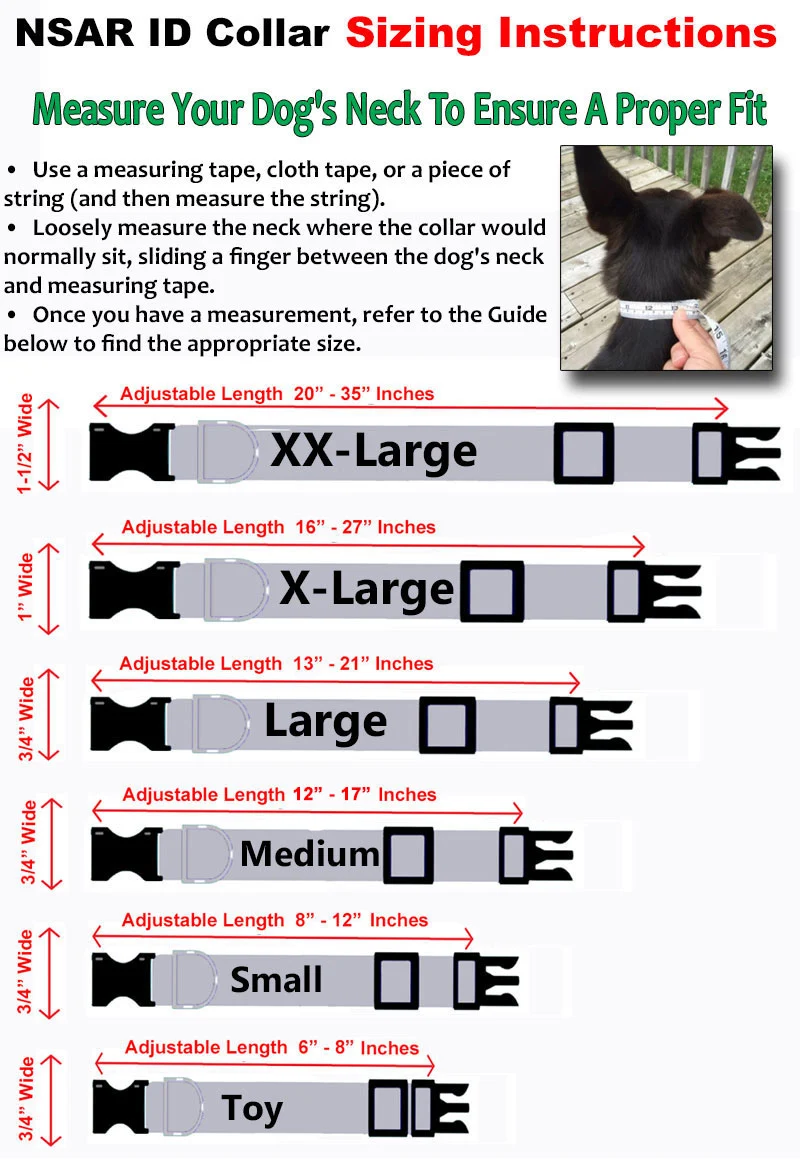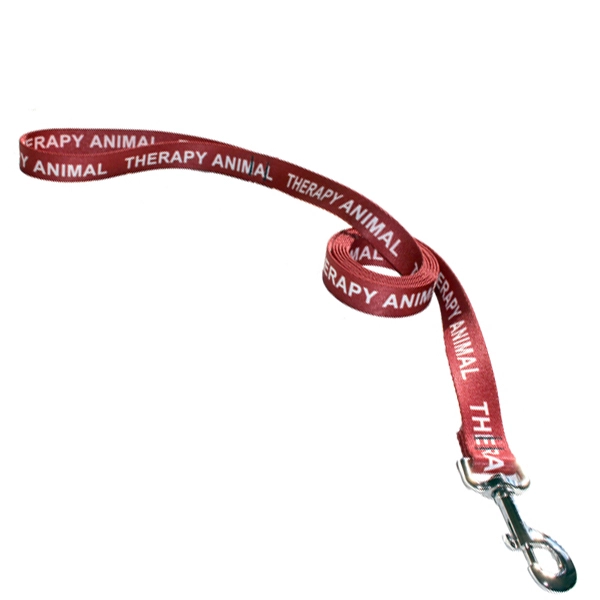Sacramento is the capital of California state, and is the fastest growing major city in California. Sacramento is still growing and developing, becoming a technological powerhouse and a source of visionaries, this city is a unique place to live, work and play.
If you are thinking about visiting this place with your service dog, or if you have an emotional support animal you like to keep with you, you may be wondering about visiting with a dog. Sacramento is a dog friendly location to visit, and there are lots of places you can visit with your four-legged friend, whether he has a job or not. Here are just a few of them.
Great places to eat
Sacramento is well known for its culinary circle, and if you love food, visiting some of the better restaurants is probably on your list. Many of these restaurants are open to service dogs only, but there are actually a few fabulous places to eat that are friendly to all dogs, including your emotional support animal. Here are two of them.
Waterboy
This amazing restaurant offers a taste of regional ingredients, and a carefully selected wine menu. Each dish is created to make the ingredients stand out by chefs that are regarded as some of the finest in Sacramento.
Dogs are also welcome here and are generally treated like kings. Expect at the very least a bowl of water for your service dog, and a corner on the patio just for them.
Capitol Garage
This eclectic hotspot for good eating has two patios, which increases the odds you’ll get a coveted dog friendly spot for your emotional support animal. Customers who have visited the restaurant with their dog report not only getting water for their dog, but often a treat too!
Your service dog will love chilling on the cool patio with a slice of bacon, while you enjoy one of a delicious selection available on the menu. Whether you’re looking for brunch, burgers, or beer, this place has what you and your dog needs.
Stay at a dog friendly hotel
If you want a great place to stay with your emotional support animal or a hard-working service dog, look no farther than The Citizen Hotel, a Joie de Vivre Boutique Hotel. This incredible hotel has gorgeous rooms, wonderful staff, and beautiful architecture—as well as plenty for your dog as well.
Directly across the street is an entire park for pet relief, walking, and general fun. Your dogs will be welcomed with treats at the front desk, and there is no additional pet fee for the dogs. It’s a wonderful place to stay, see so for yourself at 926 J St, Sacramento, CA 95814.
Let your service dog run at an off-leash dog park
If your emotional support animal or service dog needs some off-duty fun, you might want to visit the Tanzanite Community Dog Park at 2220 Tanzanite Way, Sacramento, CA, US, 95834. The beautiful, 2-acre off leash dog park has plenty of room for your dog to run. The dog park has plenty of other amenities, including water spigots, shade, benches, and lots of grass.
This is a popular dog park, but the atmosphere is usually relatively calm, so stop on by and let your dog run free before he goes back to hard work as your partner.
Take your dog to the Midtown Farmer’s Market
This year-round farmer’s market allows well behaved, leashed dogs. The market is open every Saturday all year round, except for when there is an 80% or greater chance of rain, or if wind at greater than 15mph is projected. According to their website, this happens about 3 times a year or less.
The farmer’s market has both vendors with handmade goods and farm fresh products, and generally has music, live demonstrations, and a kids play area to help liven things up.
This is a great place to stroll with your service dog as you check out the farm fresh eggs or homemade cheeses, but your well-behaved emotional support animal is welcome too. Visit at 1050 20th St, Sacramento, CA 95811.
Need supplies? Take your dog to Wagger’s
As you can imagine, Wagger’s is a dog boutique that has everything your emotional support animal needs to keep that tail wagging. They have full service grooming, as well as toys, treats, and other essentials. Voted one of the best dog boutiques in the area for over 9 years straight, this is a well liked business that will do right by your service dog.
You can visit at 2051 Arena Blvd 130 Sacramento, CA 95834. The friendly staff will be happy to help you with anything you might need for your dog.
Check out dog friendly Old Sacramento
Old Sacramento along the peer features an abundance of historical buildings, iconic hotels, and beautiful views along the waterfront. It’s a wonderful location along the Potomac river just to walk and admire the scenery, but there are dog friendly buildings you can take emotional support animals to, including restaurants with outdoor seating.
Most of the museums and other buildings admit service dogs only, but even if you just wander outside, you’ll enjoy this wonderful location. Stop by at 153 I St, Sacramento, CA, US, 95814.
Go hiking with your service dog
Just 30 minutes from Sacramento is the Quarry Road Trail. This beautiful trail is over 5 miles long, letting you and your service dog walk as much or as little as your fitness level allows. The trail is very wide, making it comfortable to pass other hikers, and it’s well worth the drive.
While there is closer hiking to Sacramento, and even some trails in Sacramento itself, these trails tend to be heavily trafficked by bikers, and many owners report being unable to enjoy the walk due to the speed and number of bikers passing them.
The Quarry Road Trail offers a welcome break from the concrete jungle, and you can visit with your loyal service dog at 501 El Dorado St. Auburn, CA 95603.
Sacramento is an exciting place to visit with your dog, and there are a large number of dog friendly locations you and your dog are welcome at. Don’t be afraid to book a visit today and see Sacramento for yourself.


















